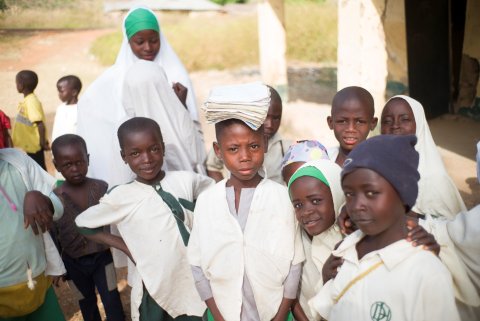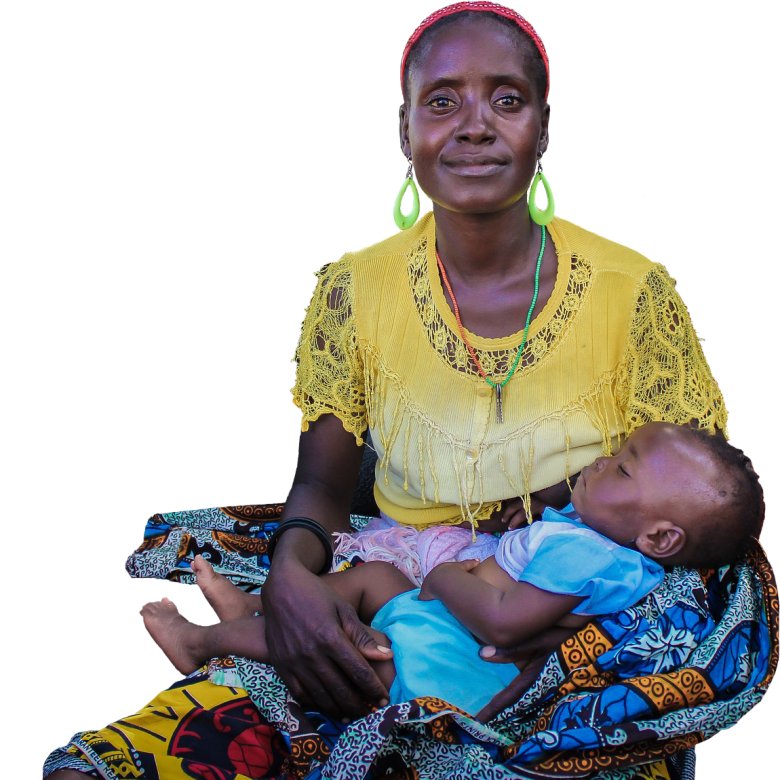The power of collaboration: a success story

By Simon Bush, Director of Neglected Tropical Diseases, Sightsavers and RSTMH Trustee
Seven years ago, an extraordinary, international collaboration came together to improve the lives of more than a billion people suffering from neglected tropical diseases.
Neglected tropical diseases is the name given to a group of infections which are preventable and easy to treat yet can cause great pain and devastate lives. They generally affect those in communities where living conditions and sanitation are poor, and for years they were relatively unknown and overlooked.
The fact that they are becoming less “neglected” is due in part to the group of pharmaceutical companies, donors, governments from endemic countries and international organisations who, on 30 January 2012, signed the London Declaration on Neglected Tropical Diseases.
This pledged to control, eliminate or eradicate 10 diseases by 2020. Since then, more than 80 other organisations have added their names.
We wanted to mark this anniversary by taking stock of what collectively has been achieved in the last seven years, focusing on one success story, which showcases how seemingly impossible goals can be reached.
The Global Trachoma Mapping Project
Collaboration is key to the elimination of infectious diseases and the story of the Global Trachoma Mapping Project (GTMP) shows what it can achieve.
It highlights that large-scale global goals cannot be achieved by a single entity – organisations need to work in harmony.
Bringing together a diverse array of organisations and stakeholders means a variety of skills, experiences and approaches can be combined. Yet such consortiums also pose challenges which need to be anticipated, managed and overcome if these strengths are to shine.
GTMP was the largest infectious disease survey ever undertaken and pioneered using mobile phones to map how many people across the world were at risk of blinding eye disease trachoma, a neglected tropical disease.
The £10.6 million project was delivered between December 2012 and January 2016 in partnership with a diverse consortium of 60 organisations worldwide.
In all, 2.6 million people were examined across 1,546 districts in 29 countries, representing a population of 224 million. On average someone was examined every 40 seconds.
Critical to the success of the project were two things: ensuring there was a common approach (methodologies, tools and training) and ensuring there was an urgency around a shared goal.
Common approach
GTMP used the same methodology across the world.
This methodology was approved by the World Health Organization and involved house-to-house surveys to record how many people had active trachoma (TF) and how many had the more advanced stage of trachoma called trachomatous trichiasis (TT), which involves the eyelid turning inwards so eyelashes scrape against the cornea.
The surveys also collected information about access to water and sanitation, key to ensuring the elimination of the contagious eye disease.
Survey teams examined people living in a sample of communities within pre-identified districts and captured data on Android-based smartphones.
Teams consisted of a grader (who examined eyelids and graded them for signs of trachoma), a recorder (who captured the data on the phone), a driver, a local guide and a supervisor.
These survey teams were led by the appropriate ministry of health in each country, each responsible for their own data, but each following the uniform, internationally standardised approach.
The data recorded on the phones was reviewed by data managers and approved by ministries of health, and was then used to update national trachoma action plans and displayed publicly on the Global Atlas of Trachoma – an interactive web-based tool. This way the information was useful at a national and international level.
All organisations used the same data systems and had access to the same information.
The coordination of the surveys was managed by an international steering committee, established to raise and manage the resources needed for a project of this scale. This was essential for a collaborative, rather than competitive, approach and meant there was no need for competitive tendering processes.
Delivery on such a large scale was possible because the partners involved combined huge geographic reach and broad technical expertise. This meant the mapping was global and consistent, led by the same central management and methodology, and similar tools.
Common goal
A shared goal is what made it possible for so many different partners to work together. Everyone understood the need for a global roadmap to track overall progress towards elimination, and everyone recognised that this could only be achieved by pooling resources and evidence.
Collaboration in the trachoma community was established after the World Health Organization set up the Global Elimination of Trachoma by 2020 (GET2020) project in 1996.
This led to the establishment of two key organisations. First, the International Trachoma Initiative (ITI), which was founded by Pfizer and the Edna McConnell Clark Foundation in 1998 to collaborate with governmental and non-governmental agencies at the local, national and international levels.
Second, the International Coalition for Trachoma Control (ICTC), set up in 2004, and composed of non-governmental development organisations, academic institutions, donors, the private sector and foundations. Its aim was to ensure everyone was committed to working together to achieve trachoma elimination.
These organisations played a vital role in ensuring the smooth running of the GTMP surveys.
The £10.6 million project to map trachoma was funded by the UK government, with co-funding of approximately £6 million provided by USAID. It was agreed that Sightsavers should manage the grant, but it was ITI which steered the committee and provided technical support. It was all ICTC partners' coming together that mapped trachoma globally.
Challenges
There are a number of challenges inherent with a large consortium, such as managing different interests and making decisions that affect many people. These were overcome successfully with a clear management structure and effective programme advisory committee.
The achievements of this ground-breaking project were only possible because there was both a common approach and shared goal.
It was the combination of the two that was crucial to success on such a global scale – both were necessary but insufficient on their own.
We hope this success story can help pave the way to inspiring other effective collaborations not only for neglected tropical diseases, but global health and development.
